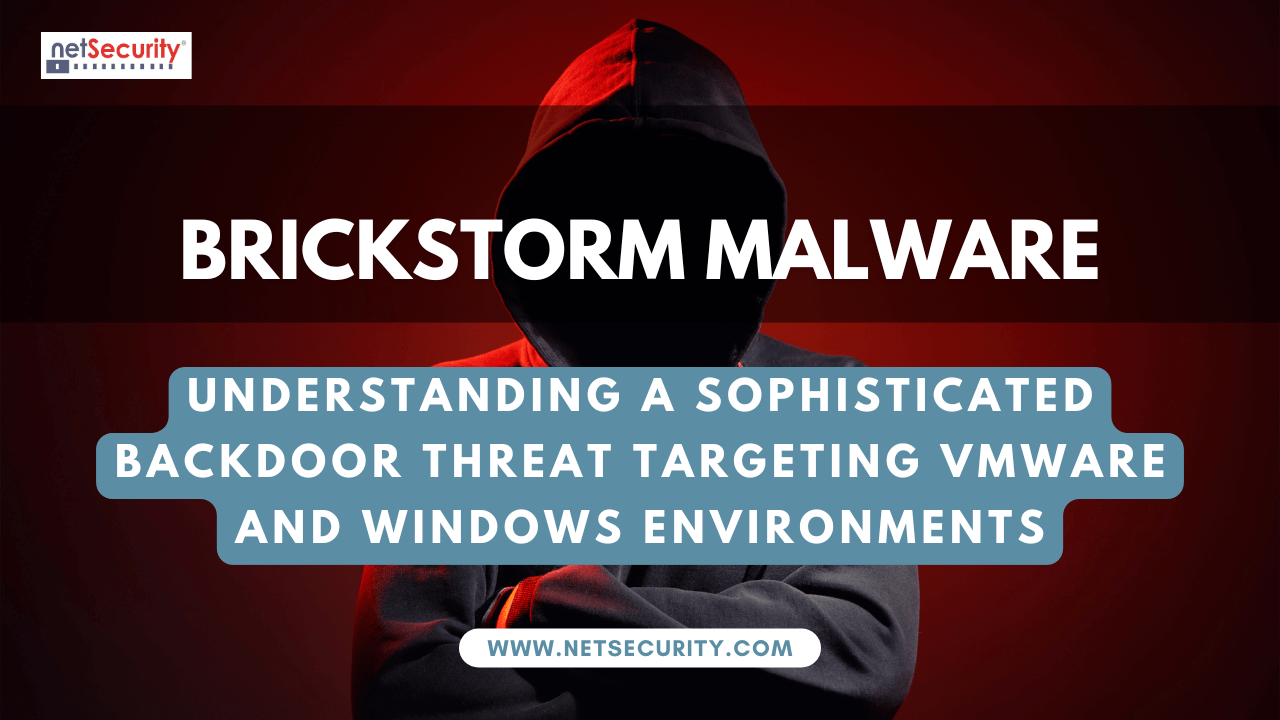“Well-Funded” Doesn’t Mean “Well-Secured”: How A Popular EDR Was Exploited to Deploy Babuk Ransomware
In a disturbing new development, cybersecurity researchers have uncovered a stealthy and effective method that enables cybercriminals to completely bypass a popular and well-funded Endpoint Detection and Response (EDR) platform. The breach, discovered by the digital forensics team at a reputed incident response firm, involves a previously unknown vulnerability that allowed Babuk ransomware to be deployed undetected.
This incident serves as a powerful reminder that investing heavily in security tools does not always translate into true cyber resilience. Even renowned EDR solutions with widespread market adoption can fall prey to cleverly crafted exploits if they lack architectural resilience and adaptive protection mechanisms. This is where NetSecurity’s ThreatResponder, an AI-powered cyber-resilient endpoint security platform, offers a clear edge over traditional EDR platforms.
Let’s break down what happened in this case and why organizations should rethink what endpoint protection really means.
The Exploit: Abusing the Agent Update Process
The attackers exploited a timing vulnerability in the agent upgrade mechanism of the well-known EDR platform. This feature, meant to help keep endpoints protected with the latest security updates, was ironically used to disable security protection entirely.
Here’s how the exploit unfolded:
-
Use of Legitimate Installer Files
The attackers did not rely on malicious payloads or unsigned drivers. Instead, they deployed official signed installer files of the EDR platform—files that are inherently trusted by the system and security controls. -
Controlled Uninstallation of Security Processes
The legitimate installer begins the upgrade process by terminating its own running services and processes. This includes stopping kernel-level drivers and other components responsible for detecting and blocking threats. -
Timing the Kill Switch
Just after the EDR processes are halted, and before the installer can complete the update, the attackers forcibly terminated the Windows Installer (msiexec.exe). This left the endpoint in a vulnerable and unprotected state—with the security software’s active components completely disabled and no new version in place to replace them. -
Deployment of Babuk Ransomware
With no active endpoint protection, the attackers quickly deployed Babuk ransomware, an advanced malware strain that encrypts data using AES-256 encryption. Babuk also terminates services and processes to maximize the scope of file encryption.
This entire process occurred without administrative console access and didn’t require exploiting a driver or injecting third-party malicious code. It was a clean, surgical takedown of an EDR solution using its own trusted components.
Forensic Indicators of the Attack
During investigations, the following logs were identified:
-
EventID 93: In the EDR operational logs, this showed the last command executed as
CommandType: unload, signaling the termination of active EDR components. -
EventID 1042: The Application logs recorded that
MsiInstaller Exited, which indicated the abnormal termination of the upgrade process.
These forensic breadcrumbs helped trace how the attackers took advantage of a gap in the security update lifecycle to neutralize endpoint defenses.
Why “Well-Funded” Doesn’t Mean “Well-Secured”
This case reveals a fundamental truth in cybersecurity: just because a solution is popular or well-funded doesn’t make it secure. In fact, reliance on brand reputation without architectural scrutiny can introduce significant blind spots.
Key lessons from this incident:
-
Legacy design is a risk: Even reputable tools can have architectural flaws. In this case, trusting the update process to gracefully resume operations left a critical gap open for abuse.
-
Trusting signed binaries is no longer sufficient: Attackers are now using Bring Your Own Installer (BYOI) techniques to exploit trusted executables—turning the concept of digital trust against defenders.
-
No tamper protection is foolproof if it’s tied to updatable processes: Anti-tampering mechanisms that don’t extend beyond the installer lifecycle are inadequate against modern attack chains.
ThreatResponder: The Cyber-Resilient Endpoint Defense You Need
At NetSecurity, we’ve always believed in building security solutions that are resilient by design. Our flagship platform, ThreatResponder, addresses the shortcomings of traditional EDR solutions by combining the power of machine learning, cyber threat intelligence, and cloud-native architecture into a single, unified endpoint protection framework.
Here’s how ThreatResponder is different—and better:
1. Immutable Runtime Protection
ThreatResponder’s core protection components are resilient to installer-level tampering. Even during update cycles, the platform maintains independent runtime agents that continue monitoring activity until new versions are successfully verified and deployed.
2. Real-Time Detection and Response
Built on an AI-powered engine, ThreatResponder identifies suspicious activity patterns even when legitimate binaries are used. Whether it’s abnormal process termination, installer hijacking, or delayed installation sequences, ThreatResponder triggers real-time alerts and automated responses.
3. Adaptive Tamper-Resistance
Unlike traditional EDRs that rely on process-based anti-tamper, ThreatResponder employs multi-layered protection. This includes self-healing agents, cloud-based integrity checks, and cryptographic verification of every update—ensuring rogue upgrade attempts are blocked at the source.
4. All-in-One Cyber Resilience
ThreatResponder combines:
-
Endpoint Detection & Response (EDR)
-
Identity Threat Detection and Response (ITDR)
-
Digital Forensics and Incident Response (DFIR)
-
Threat Hunting
-
Vulnerability Management
-
Threat Intelligence Integration
This all-in-one approach ensures your security team has every tool they need at their fingertips—without relying on patchwork solutions or third-party integrations.
What Makes ThreatResponder the Better Choice
While many endpoint platforms are reactive—responding only when an incident occurs—ThreatResponder is built to be proactive. It doesn’t just respond to attacks; it anticipates, hardens, and heals from them.
Additional benefits include:
-
Cloud-native deployment: Rapid onboarding, instant scalability, no legacy burden.
-
Lightweight agents: Minimal performance impact, maximum coverage.
-
Visualized threat intelligence: See attack paths and indicators with interactive dashboards.
-
Unified security console: Manage EDR, DFIR, threat hunting, and identity protection from a single pane of glass.
Choose Resilience Over Reputation
The latest ransomware attack exploiting a popular EDR’s upgrade mechanism proves that reputation alone can’t defend your infrastructure. Even the most well-known vendors can miss critical vulnerabilities that leave organizations exposed to devastating breaches.
If you’re serious about defending your business from ransomware, insider threats, and zero-day exploits, it’s time to move beyond traditional endpoint security.
ThreatResponder isn’t just another EDR—it’s a cyber-resilient platform built for the modern threat landscape.
Ready to See ThreatResponder in Action?
Protect your organization with a future-ready, AI-powered security solution that leaves no gap exposed. Request a personalized demo of ThreatResponder today.
Disclaimer
The page’s content shall be deemed proprietary and privileged information of NETSECURITY CORPORATION. It shall be noted that NETSECURITY CORPORATION copyrights the contents of this page. Any violation/misuse/unauthorized use of this content “as is” or “modified” shall be considered illegal and subjected to articles and provisions that have been stipulated in the General Data Protection Regulation (GDPR) and Personal Data Protection Law (PDPL).











